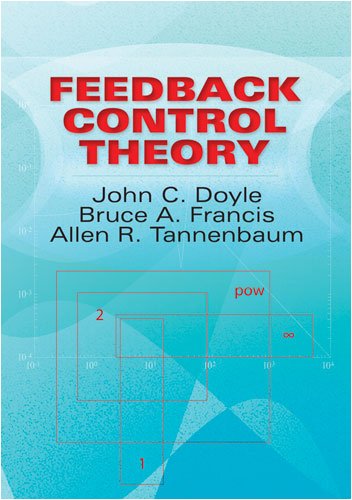
Feedback Control Theory
by John Doyle, Bruce Francis, Allen Tannenbaum
1990
ISBN/ASIN: 0486469336
Number of pages: 219
Description:
The goal of this book is to present a theory of feedback control system design that captures the essential issues, can be applied to a wide range of practical problems, and is as simple as possible. The book is addressed to students in engineering who have had an undergraduate course in signals and systems, including an introduction to frequency-domain methods of analyzing feedback control systems.
Download or read it online for free here:
Download link
(1.2MB, PDF)
Similar books
 Frontiers in Advanced Control Systems
Frontiers in Advanced Control Systemsby Ginalber Luiz de Oliveira Serra (ed.) - InTech
This book brings the state-of-art research results on advanced control from both the theoretical and practical perspectives. The fundamental and advanced research results and technical evolution of control theory are of particular interest.
(10634 views)
 Control and Nonlinearity
Control and Nonlinearityby Jean-Michel Coron - American Mathematical Society
This book presents methods to study the controllability and the stabilization of nonlinear control systems in finite and infinite dimensions. Examples are given where nonlinearities turn out to be essential to get controllability or stabilization.
(12732 views)
 Mathematical Control Theory: Deterministic Finite Dimensional Systems
Mathematical Control Theory: Deterministic Finite Dimensional Systemsby Eduardo D. Sontag - Springer
This textbook introduces the basic concepts of mathematical control and system theory in a self-contained and elementary fashion. Written for mathematically mature undergraduate or beginning graduate students, as well as engineering students.
(17899 views)
 Electromechanisms: Automatic Controls
Electromechanisms: Automatic Controlsby Roy D. Byrd - Delmar Publishers
These materials are intended to provide a meaningful experience with automatic controls for students of modern technology. The topics included provide exposure to basic principles of control systems, transducers, actuators, amplifiers, controllers.
(8107 views)